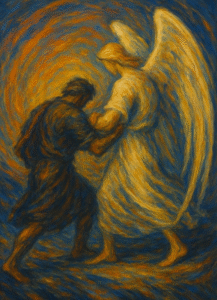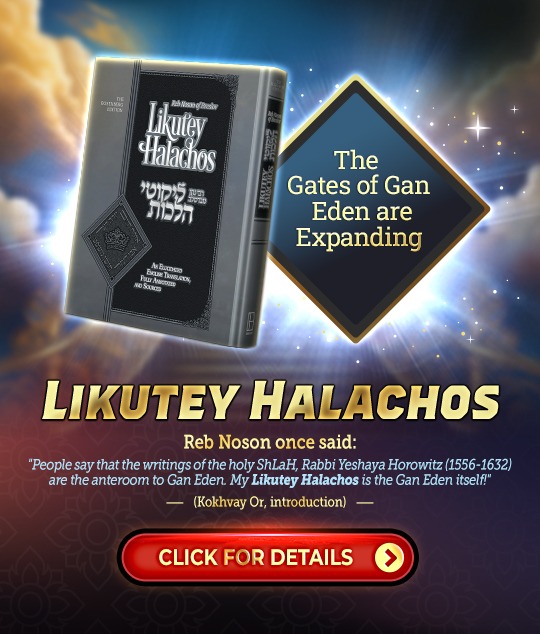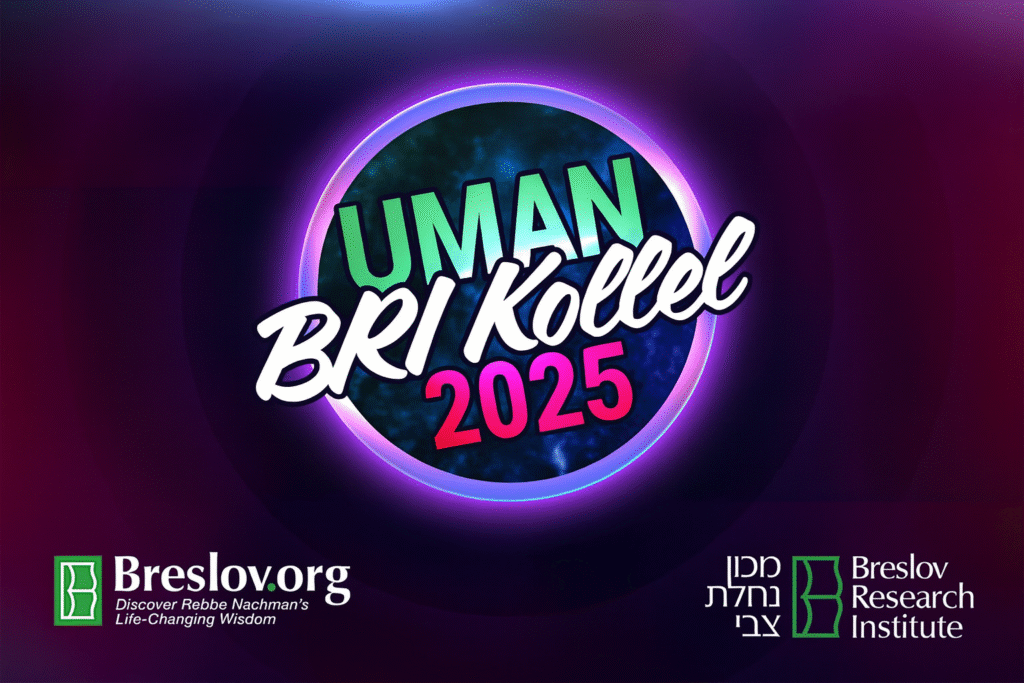- Faith ⬦ Jewish Holidays ⬦ Prayer ⬦ Read ⬦ Tzaddik
It’s Time to Wake Up – Lag B’Omer
When we sleep very deeply, we need a really loud alarm clock to wake us up. So too, when we are spiritually in a deep sleep, we need a powerful force to wake us up from our sleep. Rebbe Shimon Bar Yochai has the power to awaken everyone from spiritual sleep and bring the whole world back in teshuvah (repentance.)
This article is in honor of the yahrzeit of the holy Tanna, Rebbe Shimon Bar Yochai, which is on Lag B’Omer
Next Thursday will be Lag B’Omer, which is the day of celebration of the yarhzeit the holy Tanna, Rebbe Shimon Bar Yochai, may his merit protect us. Amen.
We have all merited hearing about events and stories connected with the holy and famous Tanna, Rebbe Shimon Bar Yochai. Out of all the famous Tannaim (rabbis from the time of the Mishnah) who were alive at that time, it was Rabbi Shimon who received permission from Heaven to reveal the secrets of the Torah, the holy Zohar and the book of Tikkunim (rectifications), the Tikkunei HaZohar.
In addition, we know that Rabbi Shimon passed away on Lag B’Omer, and in Israel, it is customary on this day to go to his gravesite in Meron and celebrate there with great joy, with the custom of “chalakah” for the little boys—when the three-year-old boys get their first haircut and make peot (to educate them about the mitzvah of “You shall not round off the corners of your head” (Leviticus 19:27).
However, it seems that the most famous thing about the Tanna Rebbe Shimon is the story of when the Romans wanted to kill him, and he ran away from them and hid in a cave with his son for twelve years. They had a miracle, and a spring was created for them, and a carob tree grew right outside the cave. And this is how they were able to survive hidden in the cave. When the Roman emperor died, they went out and saw people plowing and sowing, and they were amazed, saying: “What? Are people desisting from pursuing eternal life [Torah] and instead choosing to engage in this-worldly pursuits [work]?!” Whomever Rabbi Shimon and his son gazed upon was immediately burned. A bat-kol (heavenly voice) rang out and said to them: “Have you come out to destroy my world? Return to your cave.” So, they returned to the cave for another year until a bat-kol rang out again, saying: “You may leave your cave” (Masechet Shabbat 33b).
Let’s look at the famous story from a different angle that most people have not considered, according to a lesson of Rebbe Nachman: “And know! The mystery of Rabbi Shimon himself is alluded to in another verse. Know that the holy sage Rabbi Shimon corresponds to “Ir V’kaddish Min Shemaya Nachit—an angel, a holy one, descended from heaven” (Daniel 4:10)— and the rashei teivot (first letters of these words) spell out Shimon (Likutei Moharan, Prologue).
The words of this verse refer to Nevuchadnetzer, king of Babylon, who was demanding an interpretation of a dream he had of a beautiful tree that stretched all the way to heaven. The tree, laden with fruit, was large enough to provide subsistence and shelter for all forms of life. Nevuchadnetzer described how “Ir V’kaddish,” a holy angel, who was a messenger from Heaven called for the destruction of the tree. The prophet Daniel interpreted the dream explaining: the tree refers to Nevuchadnetzer who ruled over the entire world, and he will be cut off due to his many sins. The word “Ir” means “angel.” Rabbi Nachman teaches that the “angel” in this verse is referring to Rabbi Shimon who had the power to cut down the tree—the evil forces that rule the world.
Rabbi Natan emphasizes that the word “Ir” implies “iranut” or wakefulness. The Tanna Rebbe Shimon was bound to the Creator with a constant devekus (bond of devotion), which is the opposite of sleep. As Rabbi Nachman teaches: “There are people who are virtually asleep their entire lives, and even though it appears to the world that they serve G-d and engage in Torah and prayer, even so, G-d gets no pleasure from any of their efforts, because all their work remains below and cannot rise and ascend above. And there are those who have fallen into the aspect of sleep through their base desires and evil deeds, and there are those… who did so through the way they eat” (Likutei Moharan I, 60:6).
There are different levels of being awake, but there are tzaddikim who serve G-d every moment of their lives and are not asleep at all. Even when they actually go to sleep, it is not considered a real sleep, because they are constantly bound to the Creator without a moment’s pause, as the Tanna Rebbe Shimon said: “Etkatrana b’chad ketira—I have bound myself to the Creator of the world with a connection that never stops, even for a second.”
Rabbi Nachman teaches that the “angel” in this verse is referring to Rabbi Shimon who had the power to cut down the tree—the evil forces that rule the world.
Let’s focus for a moment on the concept of “sleep.” There is physical sleep, when a person’s “battery” runs out he has to “charge” it by sleeping, after which the person feels refreshed and his strength is renewed, and he can function again with renewed strength. What charges and renews his strength? Rabbi Nachman teaches that when a person sleeps, he entrusts his mind and his soul to G-d, and thus he is included in emunah, faith. This faith is what renews a person’s strength as in the verse: “They are new every morning; great is Your faithfulness” (Lamentations 3:23). The power of renewal comes through emunah.
And there is also a spiritual sleep. This is when a person gets tired of his endless devotion to the Creator. That is when he should study Torat Nigleh, the revealed parts of the Torah, which are considered to be “sleep,” as opposed to Torat HaNistar, the hidden parts of the Torah which are considered “wakefulness.” As our sages taught, “In the darkness I sat down.” This refers to the Talmud Bavli, the Babylonian Talmud (Sanhedrin 24). Studying Torat Nigleh, the revealed Torah, corresponds to darkness and night, as it is known that the nighttime is a time of strengthening oneself in emunah, as in the verse, “And your faith at night” (Psalms 92:3). Learning the revealed Torah is considered to be a strengthening of one’s faith, and he can then return and renew his mentalities and his attachment to the creator (Zohar, parshat Pinchas, p.244).
Even when a person is conducting himself with emunah, this is still considered the aspect of “sleep,” because behaving with of faith brings his soul and his mind into the aspect of emunah, and he receives a new mind and a new soul from the “Ohr HaPanim,” the “Light of [G-d’s] Face” (Likutei Moharan 35:3, 6, 9).
According to what we have stated above, Rabbi Natan teaches: The Tanna Rebbe Shimon symbolizes an unceasing devekus to the Creator and is the complete opposite of sleep. It is in his power to awaken a person from sleep in all its forms. This is why it was specifically Rebbe Shimon who revealed the secrets of the Torah because the revealed parts of the Torah are considered “sleep” in comparison to the devekus which is in Torat HaNistar, the hidden Torah, and it was specifically Rebbe Shimon, who was the aspect of waking up from sleep, who could reveal the secrets of the Torah.

(Editorial credit: David Cohen 156 / Shutterstock.com)
Now the well-known story we brought earlier takes on a deeper meaning:
Rabbi Shimon went out and saw how people were busy with their work. As we have seen, even when a person is conducting himself with emunah, this is still the aspect of sleep, and when the soul bound up with faith, this creates a vessel for receiving renewed mentalities. However, this is exactly what amazed Rebbe Shimon Bar Yochai: that from this one can understand that sleep could actually be a good thing for those who will study following their rest. But for those who are not involved in studying Torah, what connection do they have to emunah?
But G-d said to him: “Return to your cave,” because when a person at least conducts himself with emunah, even if he is unable to learn and doesn’t have the strength of emunah to renew his mind, it is still beneficial for him in that he is able to renew the mind of another person whose soul is from the same root as his, as our sages taught: Whoever can learn, should learn, and whoever doesn’t have it in his heart to study, should sit and speak with his friend and that will encourage them both” (Rashi on Bava Batra 21a).
And what does this have to do with the great joy of Lag B’Omer? Rabbi Natan teaches: “Sefirat HaOmer is the aspect of sleep, in contrast to the awakening from sleep that we have on Shavout. Thus, we stay awake all night on Shavout. Lag B’Omer marks the beginning of the enlightenment of Shavuot, that is, the enlightenment of the awakening from sleep. This is the reason for the great and powerful joy we see by the gravesite of Rebbe Shimon Bar Yochai on his yahrzeit on Lag B’Omer, because Rebbe Shimon symbolizes the awakening from sleep, and he awakens everyone to do teshuvah. There is no joy for HaKadosh Baruch Hu like the joy He has when His sons return to Him in teshuvah shleimah, complete repentance. This is why we merit seeing an awakening to teshuvah in Meron which is almost without comparison in the world.
“Happy are those who travel to his holy tziun and those who learn from his teachings.”
May his merit protect us!
(Based on Likutei Halachot, Nezikin 3)
- breslevBreslovemunahfaithfeaturedhappinessJewishJewish spiritualityjoyjudaismking of BabylonLag BaomerLikutey HalachotLikutey MoharanmeronNevuchadnetzerphysical sleepprophet DanielReb NosonRebbe NachmanRebbe Shimon bar YochaiSefirat HaOmershabatShavuotspiritual sleepTalmudic SagesteshuvahThe hidden TorahTikkuney ZoharTorahTorah insightsTorah studyTzaddikTzaddikimwakefulnessZohar HaKadosh
- 0 comment






















